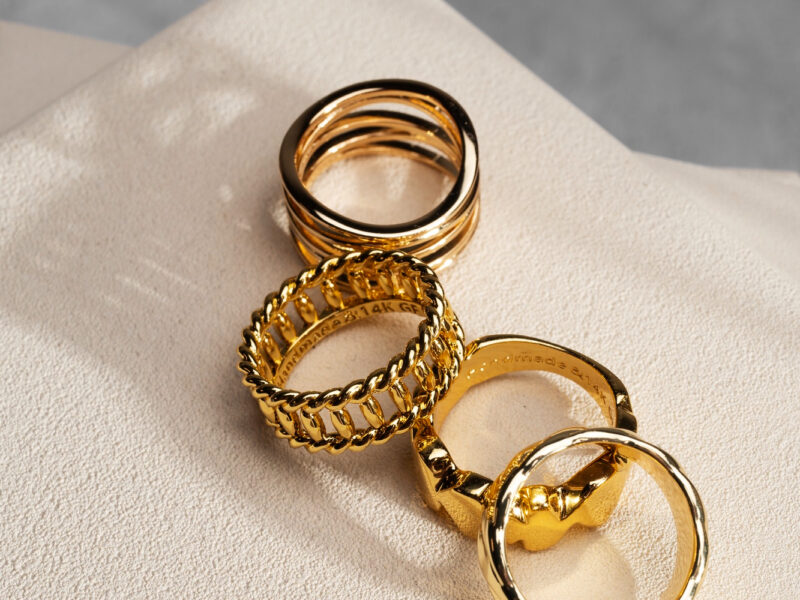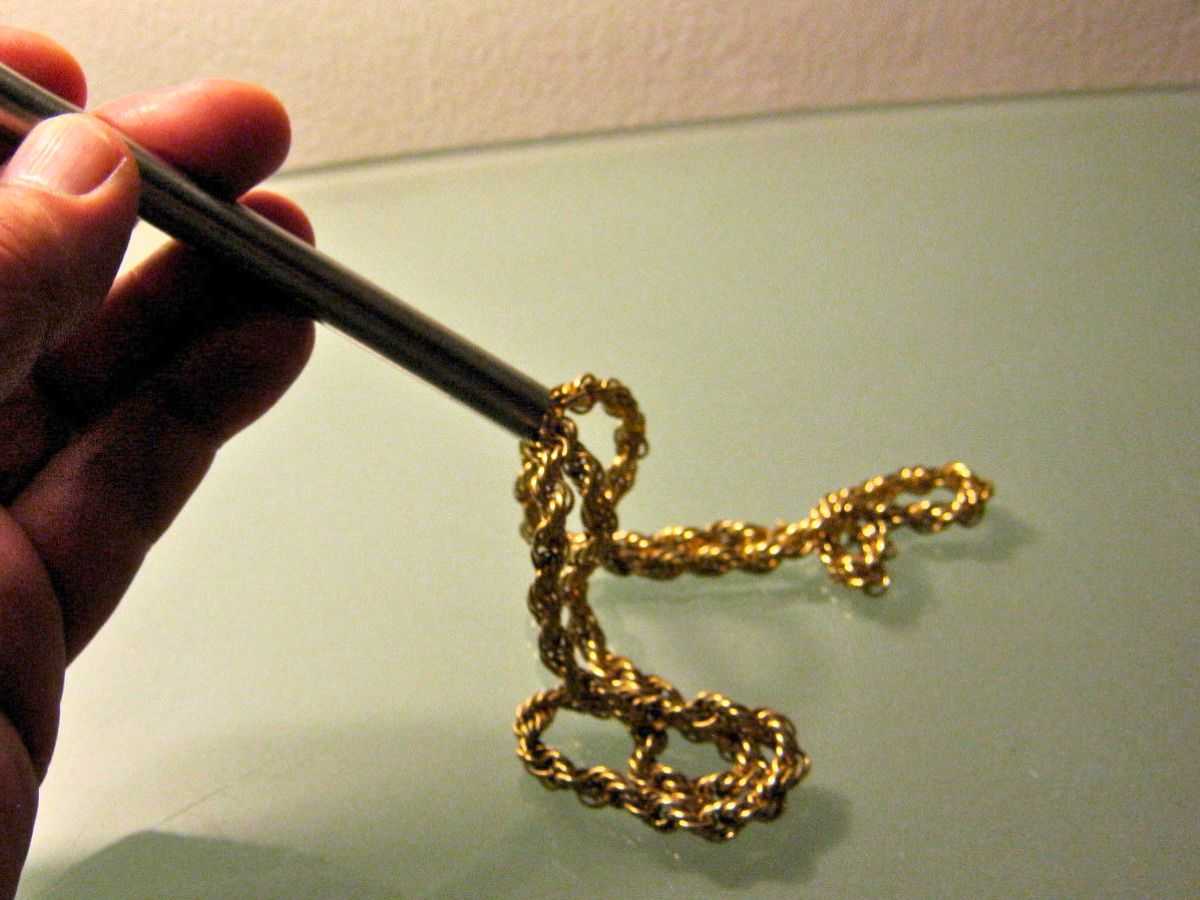
Magnetic Testing
Brass is not inherently magnetic, a fact confirmed by Terpconnect, which notes that brass is a nonmagnetic alloy composed of zinc and copper, both of which are themselves nonmagnetic elements. This makes the magnet test an important first step in authentication. Placing a magnet near the jewelry can be a strong indication of its authenticity; if the magnet does not stick, the item is likely real brass.
Color Inspection
Brass jewelry is a distinct golden yellow in color, distinct from gold and bronze. A close look at the hue can immediately tell if a piece of jewelry is genuine. Real brass exhibits a bright, lustrous yellow hue, as opposed to darker or lighter tones found in similar metals. The uniformity of color throughout a piece of jewelry can also be a sign of brass authenticity.
Weight and Feel
The weight of real brass jewelry sets it apart from other, lighter metals. At Oudisi, the heaviness of each piece is not only a sign of its quality, but also a testament to the solidity of the materials used. When holding a piece of brass jewelry, if there is a noticeable weight that can be felt, it is usually a sign that it is genuine. The density of the metal also contributes to its long-term durability.
Acid Testing
For a more definitive identification, nitric acid can be used with caution. This acid reacts specifically with brass, often causing a color change or bubbling. While effective, this method requires careful handling and proper safety measures. It should be considered a final test after other methods have been exhausted, as it is more invasive and requires a controlled environment.


Recent Comments